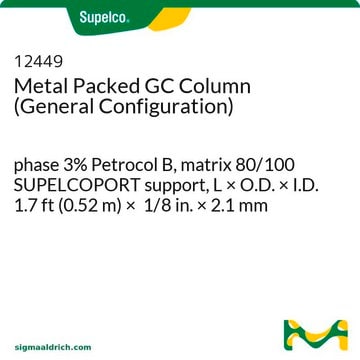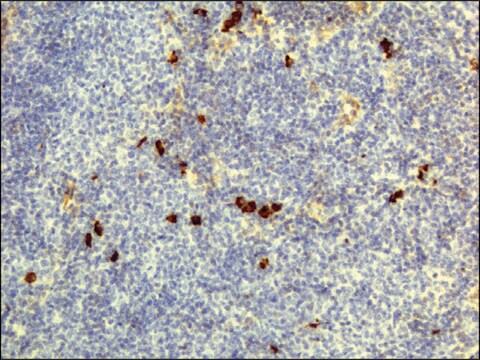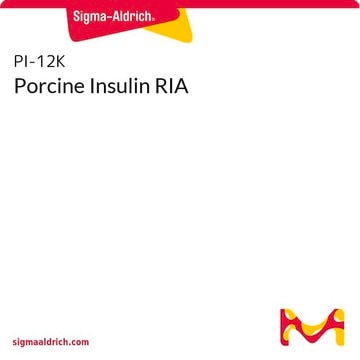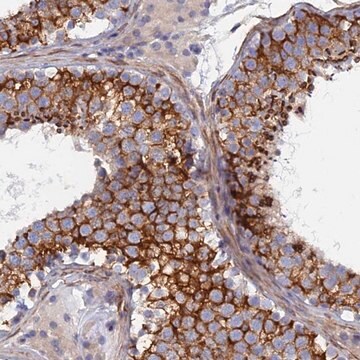Wichtige Dokumente
W262404
Lemongrasöl
natural, FG
Synonym(e):
Lemongrass oil
About This Item
Empfohlene Produkte
Biologische Quelle
Cymbopogon citratus DC. and Cymbopogon flexuosus
Qualitätsniveau
Qualität
FG
Kosher
natural
Einhaltung gesetzlicher Vorschriften
EU Regulation 1334/2008 & 178/2002
FDA 21 CFR 117
FDA 21 CFR 182.20
Optische Aktivität
[α]20/D −10 to 0°, neat
Ursprung
India origin
bp
224 °C (lit.)
Dichte
0.896 g/mL at 25 °C
Anwendung(en)
flavors and fragrances
Dokumentation
see Safety & Documentation for available documents
Nahrungsmittelallergen
no known allergens
Organoleptisch
lemon
Suchen Sie nach ähnlichen Produkten? Aufrufen Leitfaden zum Produktvergleich
Allgemeine Beschreibung
Anwendung
Angaben zur Herstellung
Signalwort
Warning
H-Sätze
Gefahreneinstufungen
Eye Irrit. 2 - Skin Irrit. 2 - STOT SE 3
Zielorgane
Respiratory system
Lagerklassenschlüssel
10 - Combustible liquids
WGK
WGK 2
Flammpunkt (°F)
194.0 °F - closed cup
Flammpunkt (°C)
90 °C - closed cup
Hier finden Sie alle aktuellen Versionen:
Besitzen Sie dieses Produkt bereits?
In der Dokumentenbibliothek finden Sie die Dokumentation zu den Produkten, die Sie kürzlich erworben haben.
Unser Team von Wissenschaftlern verfügt über Erfahrung in allen Forschungsbereichen einschließlich Life Science, Materialwissenschaften, chemischer Synthese, Chromatographie, Analytik und vielen mehr..
Setzen Sie sich mit dem technischen Dienst in Verbindung.









